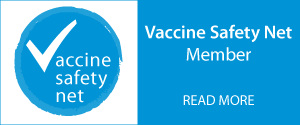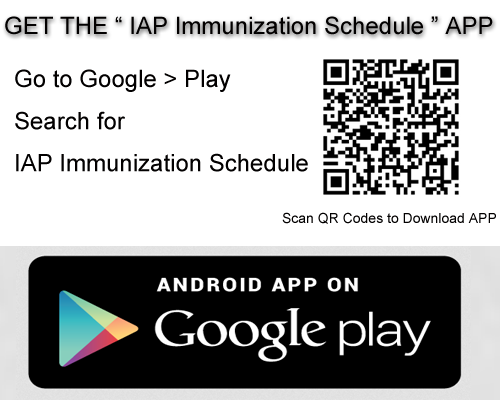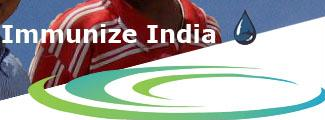General questions
Why was there a change in the polio vaccination schedule to the exclusive use of inactivated poliovirus vaccine (IPV)?
The Advisory Committee on Immunization Practices (ACIP) recommended the exclusive use of IPV in 2000 to eliminate the risk of vaccine-associated paralytic poliomyelitis (VAPP) that rarely occurs with the use of oral poliovirus vaccine (OPV). This policy change was based on the continued occurrence of VAPP with the use of OPV, the absence of indigenous disease in the United States, and the decreased risk of importation of wild poliovirus. Consequently, in 1996 ACIP recommended a transition from an all-OPV immunization schedule to a sequential IPV-OPV vaccination schedule, and in 2000 recommended exclusive use of IPV.
Isn't IPV less effective than OPV?
No. The IPV that has been used in the U.S. since 1987 is as effective as OPV for preventing polio in the recipient. After two doses of IPV, 90% or more of recipients have protective antibody levels to all types of poliovirus, and after three doses more than 99% have protective antibodies.
Vaccine handling, storage & injection technique related questions
Previously, IPV was recommended to be administered subQ only. Now I've read that it may also be given IM. Is this correct?
IPV is approved for either subcutaneous or intramuscular administration.
Vaccine use, recommendations & schedule related questions
After what age is routine polio vaccine no longer recommended?
Routine polio vaccination is not recommended for persons 18 years of age and older who reside in the United States.
However, three groups of adult at higher risk for coming into contact with polio virus should consider polio vaccination:
Those traveling in polio-endemic or high risk areas of the world. Ask your health care provider for specific information on whether you need to be vaccinated.
Those working in a laboratory and handling specimens that might contain polioviruses.
Those who are healthcare workers or have close contact with a person who could be infected with poliovirus.
What is the IPV catch-up schedule for children 4 months through 18 years of age?
Children whose vaccinations have been delayed should be vaccinated as soon as possible. The minimum interval from dose 1 to dose 2 and from dose 2 to dose 3 is 4 weeks. The minimum interval from dose 2 to dose 3 and prior to the final dose in the series is 6 months. Polio vaccine is not routinely administered to persons 18 years of age and older. See catch-up schedule Adobe Acrobat print-friendly PDF file [PDF-75 KB] for details not explained here.
If a child received 4 or more doses of IPV before their 4th birthday, is another dose necessary?
Yes, ACIP stresses the importance of a booster dose of IPV given at 4-6 years of age administered at least 6 months following the previous dose.
Contraindications, precautions & adverse events related questions
What is the risk of serious reactions following IPV?
In very rare circumstances, IPV, like any medicine, can cause serious problems, such as a severe allergic reaction. IPV should not be administered to persons who have experienced a severe allergic reaction after a previous dose of IPV or to streptomycin, polymyxin B, and neomycin. The risk of a polio shot causing serious harm, or death, is extremely small.
Last Updated : 10/01/2020
© Copyright 2015, All Rights Reserved by ACVIP. Powered by: ITindustries.com







